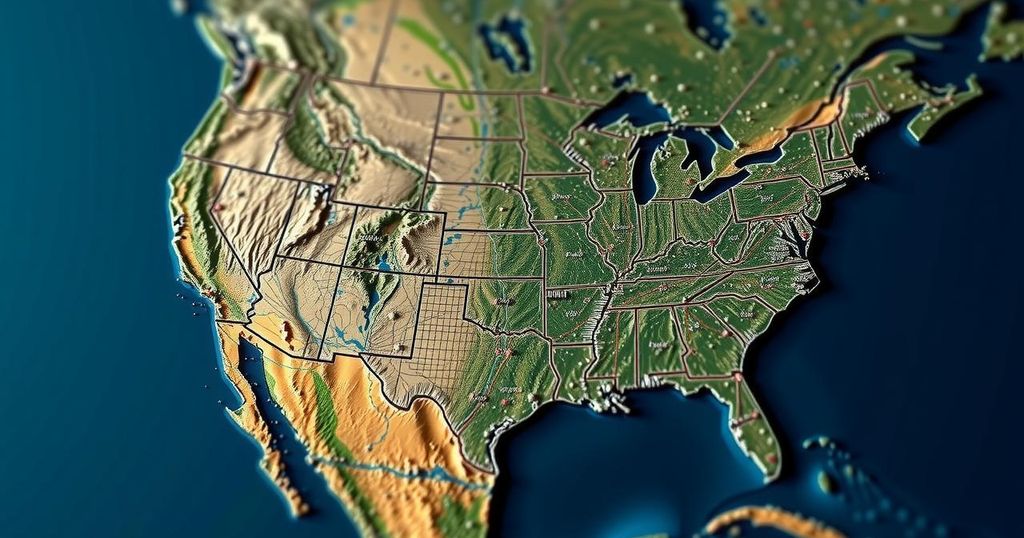A 4.4-magnitude earthquake occurred in California on November 7, centered in Borrego Springs. This was part of an ongoing series of global seismic events, including recent quakes in Greece, Hawaii, and other locations, indicating a pattern of significant tectonic activity.
On November 7, a 4.4-magnitude earthquake struck California, specifically in Borrego Springs, located at a depth of 9.8 kilometers, as reported by the United States Geological Survey (USGS). At the time of the report, there were 257 accounts from individuals who experienced the tremors. This event came shortly after a series of seismic activities worldwide, including a 4.4-magnitude quake in Greece, also recorded on November 5, centered in Chalandrítsa at a depth of 82.3 kilometers. In a pattern of recent earthquakes, Hawaii recorded a 4.8-magnitude event on the same day as the Greece quake, located in Pāhala at a depth of 38.4 kilometers. Two days prior, California experienced a smaller 3.3-magnitude earthquake in Anza, which was at a depth of 12.1 kilometers. Additional quakes included a 4.3-magnitude earthquake in Chile and a 3.7-magnitude quake in Missouri, showing a trend of significant seismic activity. Days earlier, Oregon had reported a notable 6.0-magnitude earthquake, indicating a broader context of geological instability. California had also experienced multiple tremors leading up to these reports, including a sequence of earthquakes in Lompoc, one of which registered at a magnitude of 3.2. Over the previous weeks, the USGS noted further earthquake activity, including a 4.1-magnitude quake in Petrolia and a 3.6-magnitude quake on San Clemente Island, emphasizing the persistent nature of seismic occurrences in these regions. The frequency of these earthquakes within a short time frame highlights the dynamic nature of tectonic activity in not only California but also globally. Furthermore, the interconnectedness of these incidents raises questions regarding potential seismic patterns and the response strategies necessitated by such geological events.
The occurrence of earthquakes is an essential area of study in geology, given their potential to cause substantial damage and loss of life. Seismologists monitor these events closely, providing data on magnitudes, locations, and depths. This continuous monitoring allows for an understanding of tectonic plate movements and the regions most susceptible to seismic activity. Recent reports by the USGS present a timeline of earthquakes varying in magnitude across the globe, illustrating the ongoing nature of these geological processes.
In summary, the recent earthquakes reported in California and elsewhere exemplify the ongoing geological activity affecting various regions worldwide. The 4.4-magnitude earthquake in California on November 7 was one of several significant quakes occurring in a span of days, underlining the critical need for monitoring and preparedness strategies in vulnerable areas. This trend calls for continued attention to seismic research and community preparedness to mitigate potential risks associated with such natural events.
Original Source: koacolorado.iheart.com






